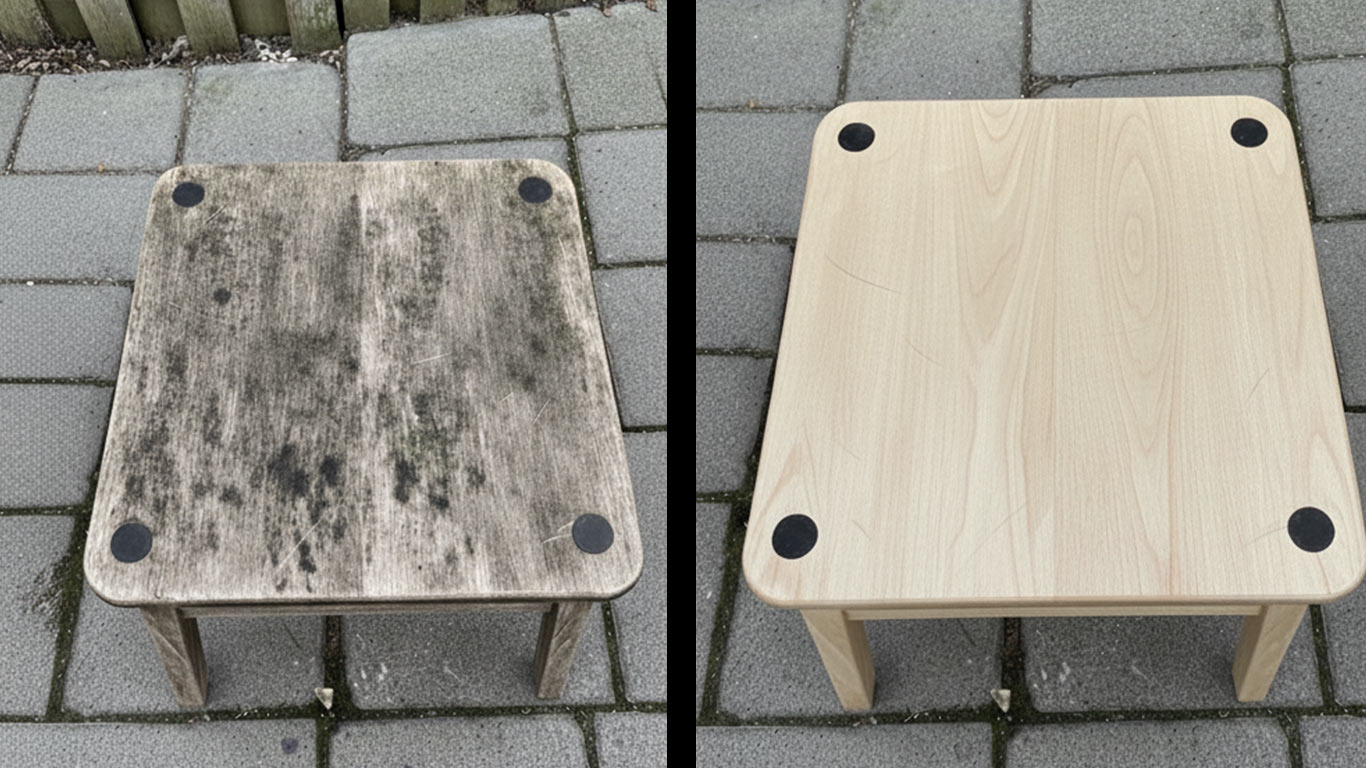
ANSI
ANSI Z136.1 - Safe Use of Lasers



When laser cleaning willow, begin with gentle passes at moderate speeds to take advantage of its porous, lightweight structure that absorbs energy well, removing surface grime from delicate musical instruments or heritage furniture while safeguarding the wood's natural flexibility and preventing any charring below.
At 1000x magnification, grime clings to the wood's fibers in thick layers. Dark particles fill every pore and obscure the natural grain beneath. The surface looks uneven and matted overall.
After laser treatment at 1000x, fibers stand out clean and distinct. Pores open wide with no residues blocking their paths. The surface gleams smooth and reveals the grain clearly.

ANSI Z136.1 - Safe Use of Lasers

IEC 60825 - Safety of Laser Products

OSHA 29 CFR 1926.95 - Personal Protective Equipment